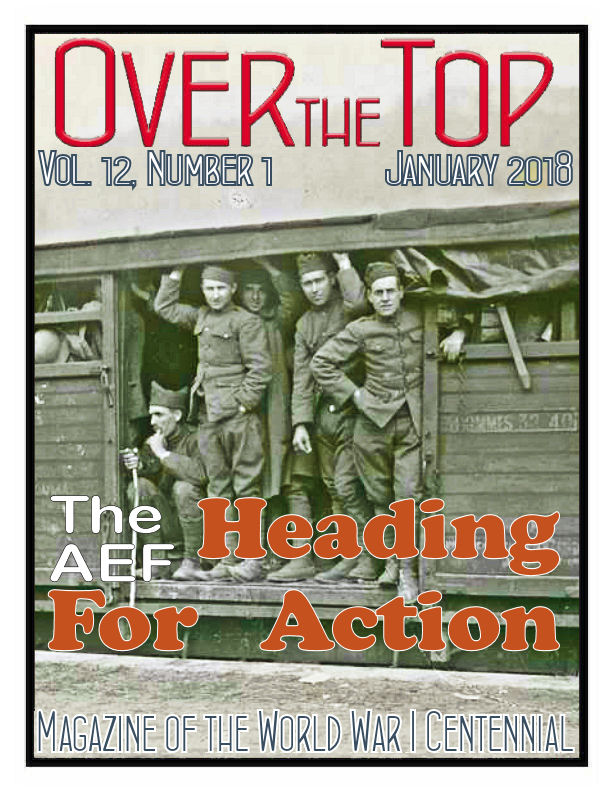
January
2018 |
 |
|
|


1918-2018
Happy New Year to all of our readers. This will be the last year of our Centennial coverage of the war and you will notice a few changes in the Trip-Wire that will be reflecting the changing nature of the war in 1918. We will be looking at the German spring offensives early in the year and the Allied push for victory in its second half. And we won't be neglecting those other fronts either, especially Salonika and Allenby's brilliant campaign in Palestine. . . In this issue you will also notice that I have abandoned the "Can you name this veteran" feature. My selections were either too hard or too easy and so I received either overwhelming or nil responses. Anyway, onward!
MH

|
2018
Images of the Great War: America Crosses the Atlantic
National WWI Museum & Memorial
Kansas City, MO
Now thru 13 May 2018
Details: HERE
Mid-Atlantic Chapter Meeting
League of WWI Aviation Historians
National Air and Space Museum’s
Steven F. Udvar-Hazy Center
Dulles Airport, Washington, DC
20 January 2018
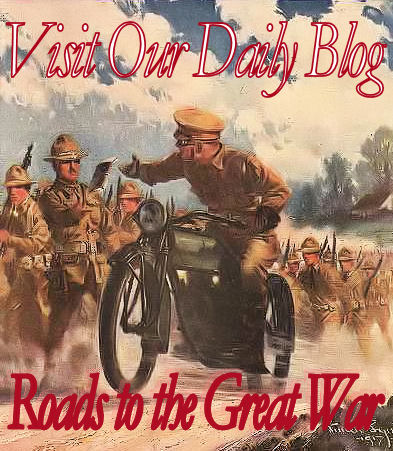
Click on the Image to Visit Our Daily Blog.
|
|
Portrait of the Month
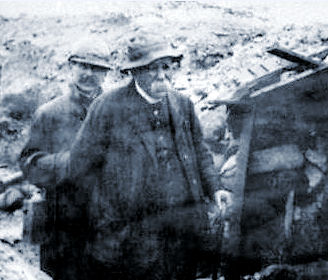
Georges Clemenceau at the Front
Georges Clemenceau visited the front – all of the fronts–many times after the war began. His tours of inspection had taken him to the North Sea and to the Vosges, to the Somme and to Verdun. He had met with troops and observed the condition of their trenches, the state of their armaments, and the quality of their medical care. He had shared meals with the Poilus, discussing the mud, the noise, the rations, and the fleas. He had befriended doctors at the Red Cross stations and had hurled creative insults and threats at the German soldiers on the other side of the line. (Source: Stories Under Paris)

Air War Happenings in 1918
There were a lot of interesting developments and landmarks in the air war and aviation in general during the last year of the war. Here is a partial selection.
 Observer John Herbert Hedley Earns "The Luckiest Man Alive" Title
Observer John Herbert Hedley Earns "The Luckiest Man Alive" Title
 Lafayette Escadrille Morphs into 103rd Aero Squadron
Lafayette Escadrille Morphs into 103rd Aero Squadron
 The Death of Manfred von Richthofen, 21 April
The Death of Manfred von Richthofen, 21 April
 German Bombing of Great Britain Ends
German Bombing of Great Britain Ends
 Issoudon: The Making of America's First Eagles (pdf)
Issoudon: The Making of America's First Eagles (pdf)
 HMS Argus, First Aircraft Carrier with Unobstructed Flight Deck, Completed
HMS Argus, First Aircraft Carrier with Unobstructed Flight Deck, Completed
 The Kettering Bug, the Earliest Cruise Missile, Takes Flight
The Kettering Bug, the Earliest Cruise Missile, Takes Flight
 The Greatest Allied Ace, René Fonck Scores his 75th and Final Victory, 1 November
The Greatest Allied Ace, René Fonck Scores his 75th and Final Victory, 1 November

A Number from the Great War
174
This is the number of Americans killed in Northern Russia and Siberia during the Great War, some after the Armistice.

At Night in No-Man's-Land
I hope our Russian cousins are happy now. Trotsky I imagine will look after the interests of his co-religionists. Russia is like an amputated limb to our cause and America the cork substitute – I doubt whether she is more.
Isaac Rosenberg
Letter
|

|

U.S. Centennial Organizations & Resources
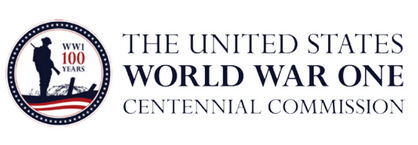
worldwar-1centennial.org/
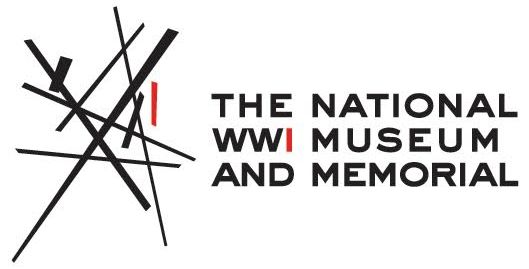
theworldwar.org/
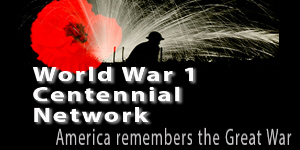
www.ww1-centennial.org/
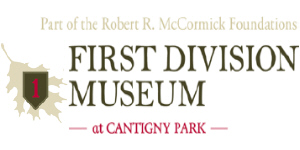
www.firstdivisionmuseum.org/

www.abmc.gov/
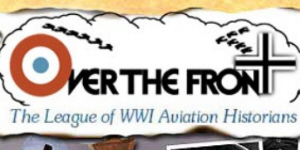
www.overthefront.com/
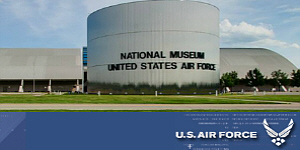
www.nationalmuseum.af.mil/
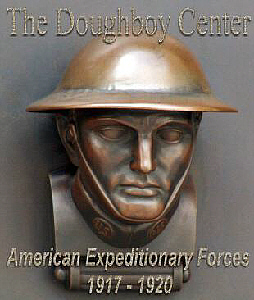
www.worldwar1.com/dbc/
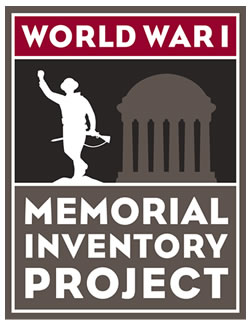
facebook.com/wwiinventory

wisconsinhistory.org/
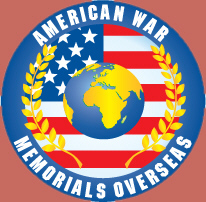
www.uswarmemorials.org/
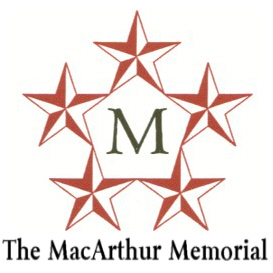
www.macarthurmemorial.org/

www.saving-hallowed-ground.org/
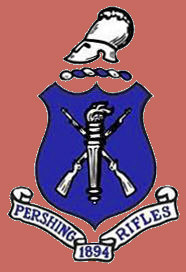
www.theprgroup.org/

pamilmuseum.org/
Support Worldwar1.com's Centennial Effort
Shop at Amazon.com
|
The Centennial Ticker
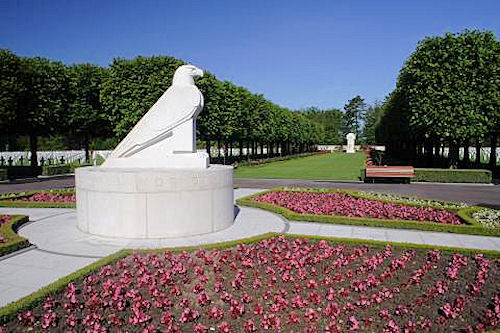
American Eagle Sundial, St. Mihiel Cemetery
We have focused a great deal lately on the new National World War I Memorial in Washington and the good work being done by the American Battle Monuments Commission (ABMC) to support that effort. The ABMC staff are also expanding their website with great material for anyone who wishes to follow the commemorations of the Doughboys' battles 100 years ago. I am going to be highlighting this work over the next year. In this issue of the Trip-Wire, I am going to feature their tremendous collection of large-format, high-resolution photographs that you can download from their website, ABMC.gov. Included in hundreds of photos are images of the American cemeteries and monuments overseas–all professional quality like the image from the St. Mihiel Cemetery above–plus some outstanding period and action shots. Here is a selection of six more photos from the ABMC collection.
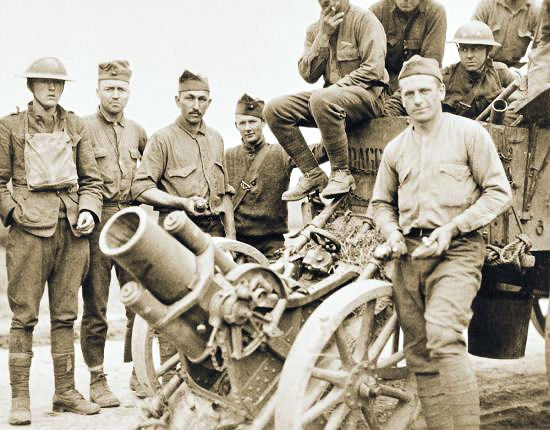
After Belleau Wood, Marines Pose with a Captured German Minenwerfer
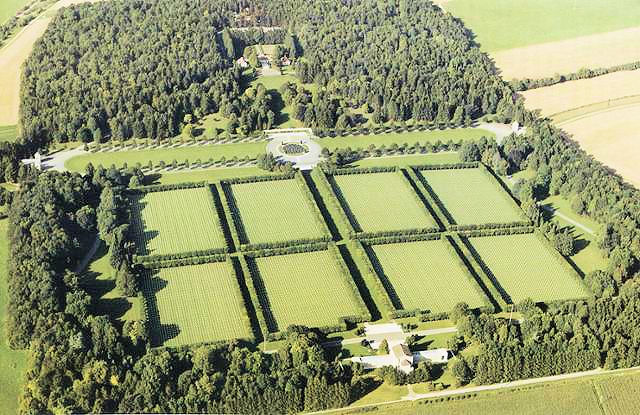
An Aerial Image Captures the Scale of the Meuse-Argonne Cemetery
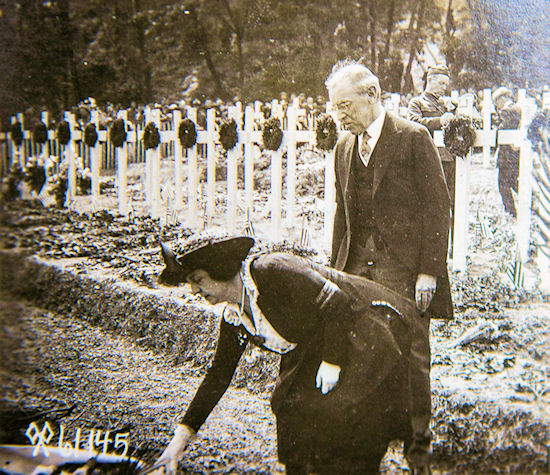
President and Mrs. Wilson Lay a Wreath at Suresnes Cemetery,
Memorial Day 1919
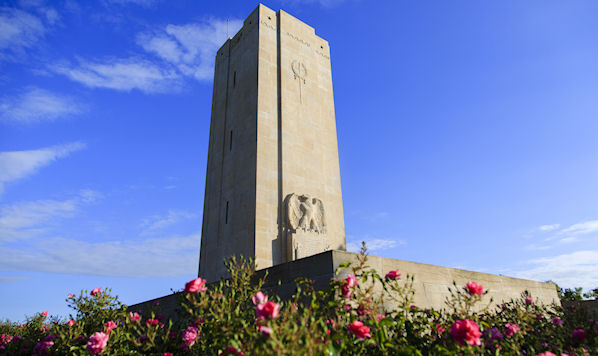
The Imposing, But Little Visited, U.S. Memorial at Blanc Mont
in the Champagne
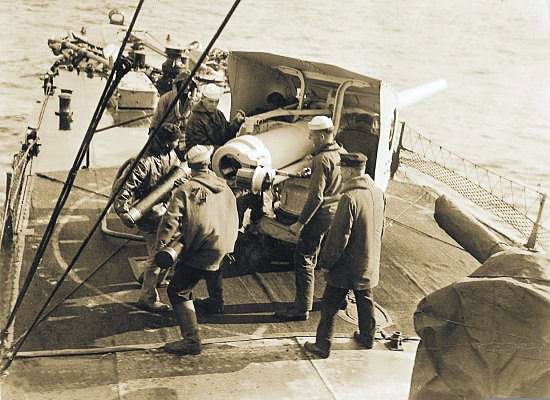
Deck Crew Firing from Destroyer USS Little on Convoy Duty
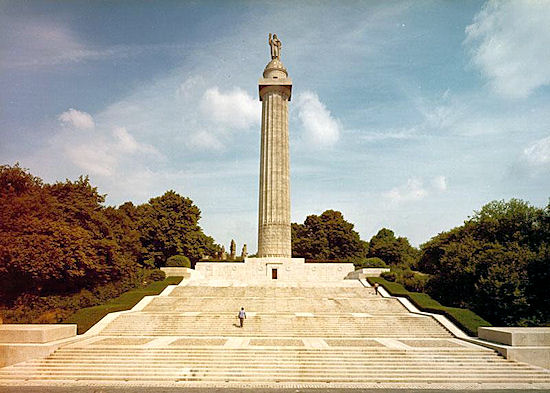
The Spectacular Memorial Atop Montfaucon, Captured 27 September 1918
To browse the entire collection, just click on the link below and go to the "Cemeteries and Memorials" section.
ABMC.gov

8 January 1918
President Wilson Enunciates the Fourteen Points
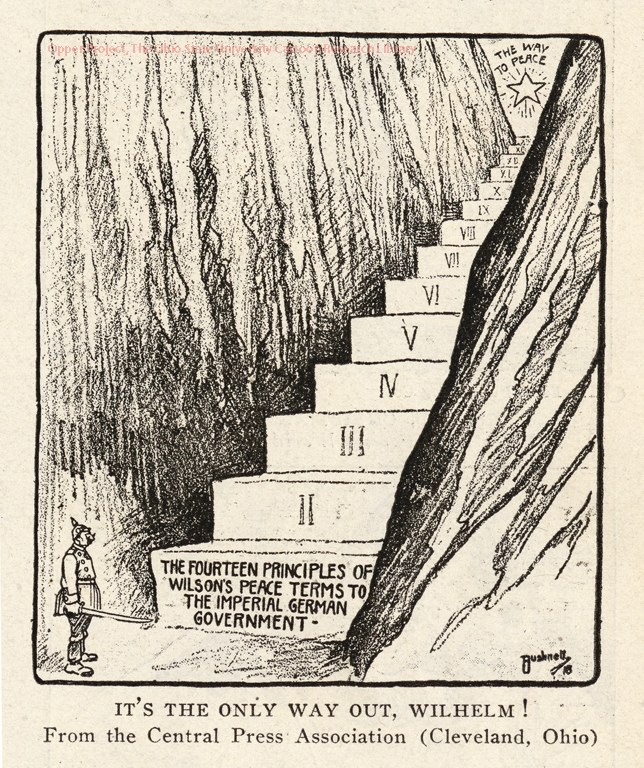
Germany Would Eventually Request a Settlement Based on the Fourteen Points
The Fourteen Points was a major policy position taken by U.S. President Woodrow Wilson and announced in a speech to Congress on 8 January 1918. The speech defined Wilsonian idealism in foreign policy, in a doctrine that came to be known as "Wilsonianism." The goal was to identify the main underlying causes of war in the entire world, and to eliminate or minimize them. The first five points were broad in scope: open diplomacy, freedom of the seas, the beating down of economic barriers, the reduction of armament, and the adjustment of colonial claims on a fair basis. These followed Wilson's formulas for applying justice to specific countries or areas. The fourteenth point was a declaration in favor of an Association of Nations (or League of Nations) to resolve unexpected conflicts and thus guarantee world peace. In three follow-up addresses, Wilson set forth elaborations, clarifications and new points, bringing the total number of proposals to twenty-three.
Wilson sought a just and lasting peace; no bartering of ethnic groups; the satisfaction of legitimate national aspirations; honorable international dealing; the destruction of arbitrary militarism; and territorial adjustments in the interests of the peoples concerned, or "self determination." He was vague on the rights of minority groups in areas where self determination would be controlled by ethnic majorities.
Wilson was most of all committed to a League of Nations, a peace agency that would be able to use force to preserve territorial integrity and political independence among large and small nations alike. The speech was highly idealistic, translating Wilson's progressive ideals of democracy, self-determination, open agreements, and free trade into the international realm. Much of the speech was drafted by aide Walter Lippmann. It made several suggestions for specific disputes in Europe on the recommendation of Wilson's foreign policy advisor, Colonel House, and his team of 150 advisors known as “The Inquiry.” Politically, he made a serious blunder by not seeking advice from Republican leaders in his policy formulation; some of them, such as William Howard Taft, had very similar goals in mind and could have forestalled the partisanship that caused Wilson trouble in 1919. Senate Republicans led by Henry Cabot Lodge wanted a reservation that only Congress could take the U.S. into war. Wilson refused to compromise on this issue and the required 2/3 majority for ratifying the treaty was not achieved. As a result the United States never joined the League of Nations.
Wilson did not invent new terms; he pulled together the best of existing war aims, including many that had been expressed by the British and a few that originated with the Germans and the Bolsheviks, and then added a few of his own. His timing was brilliant; it was the combination that was so powerful: here was an authoritative voice, unburdened by any treaty, who proclaimed what many saw as the best possible outcome of the war, and one that would justify the horrible events by cleansing the earth and opening up a peaceful utopia. Europe went wild when he arrived in Paris, for Wilson had made himself the most trusted man in the world.
The promise of national self-determination aroused audiences in Ireland, Eastern and Central Europe, Asia, and the Middle East, and remains a powerful idea in the 21st century.
The Fourteen Points:
I. Abolition of secret treaties
II. Freedom of the seas
III. Free trade
IV. Disarmament
V. Adjustment of colonial claims (decolonization and national self-determination)
VI. Russia to be assured independent development and international withdrawal from occupied Russian territory
VII. Restoration of Belgium to antebellum national status
VIII. Alsace-Lorraine returned to France from Germany
IX. Italian borders redrawn on lines of nationality
X. Autonomous development of Austria-Hungary as a nation, as the Austro-Hungarian Empire dissolved
XI. Romania, Serbia, Montenegro, and other Balkan states to be granted integrity, have their territories de-occupied, and Serbia to be given access to the Adriatic Sea
XII. Sovereignty for the Turkish people of the Ottoman Empire as the empire dissolved, autonomous development for other nationalities within the former Empire
XIII. Establishment of an independent Poland with access to the sea
XIV. General association of the nations–a multilateral international association of nations to enforce the peace (League of Nations)
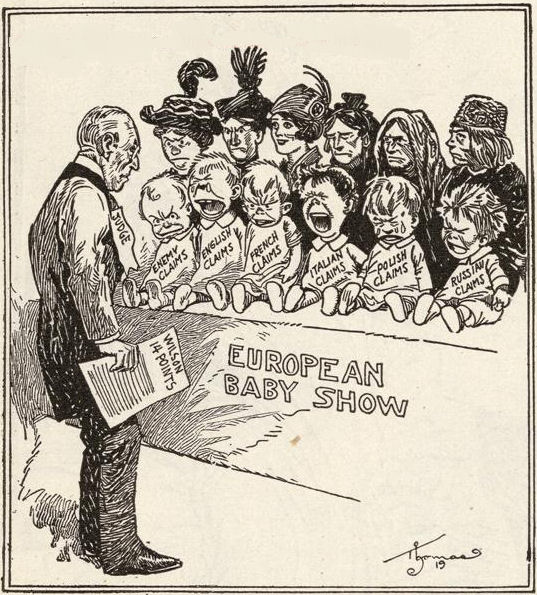
Accommodating Competing Interests in Light of the Fourteen Points Would Prove Challenging for Wilson
The speech was widely hailed by public opinion in the U.S. and Europe, and drove a wedge between the German leaders and the German people, who welcomed Wilson's formula. The French government, however, wanted high reparations from Germany to pay for its past and future war costs. Britain, as the great naval power, did not want freedom of the seas. Wilson compromised with Clemenceau, Lloyd George, and many other European leaders during the Paris peace talks to ensure that most of the points, and especially the fourteenth point, the League of Nations, would be established.
Source: The Citizen's Compendium, (http://en.citizendium.org/wiki/Fourteen_Points)
|
|

Our 2018 Centennial Battlefield Tours
2018
The Kaiser's Offensives &
the British Army's 100 Days
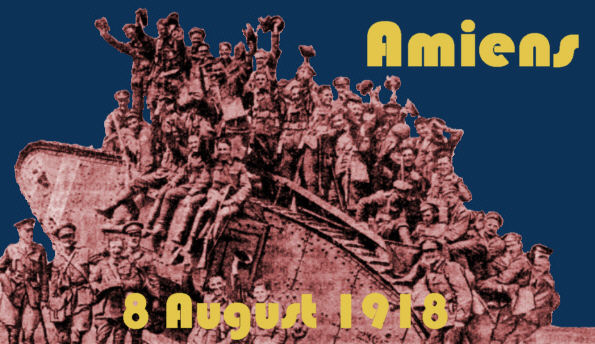
6 – 14 May 2018: Study of Germany's Last Effort to Win the War and the British Victory Offensive.
Includes: German advances in the Somme, Flanders, and the Marne Sectors, the Black Day of the German Army, the St. Quentin Canal, and the pursuit to Mons.
Reduced Price — $3,450 (dbl occupancy, sgl supp avail)
The full brochure covering the trip and registration details can now be downloaded
HERE
AEF: Pershing's Doughboys Centennial
Now Fully Booked – Waiting List Only
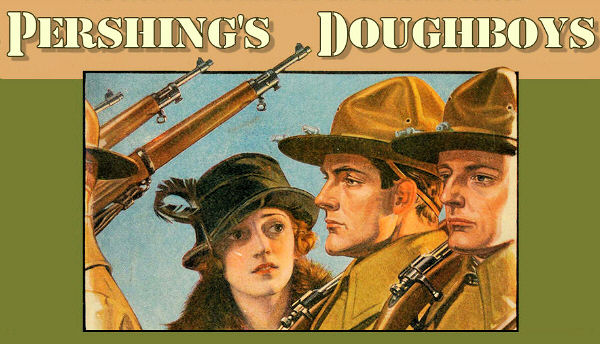
7 – 17 August 2018: Comprehensive Study of the American Expeditionary Force
Includes: All major battles, memorials, cemeteries, and service sites of your family members.
Price — $3,750 (dbl occupancy, sgl supp avail)
The full brochure covering the trip and registration details can now be downloaded
HERE
|
|
|
|
Thanks to each and every one of you who has contributed material for this issue. Until our next issue, your editor, Mike Hanlon. |
|
 (Or send it to a friend)
(Or send it to a friend)
|
Design by Shannon Niel
Content © Michael E. Hanlon
|
|
|







